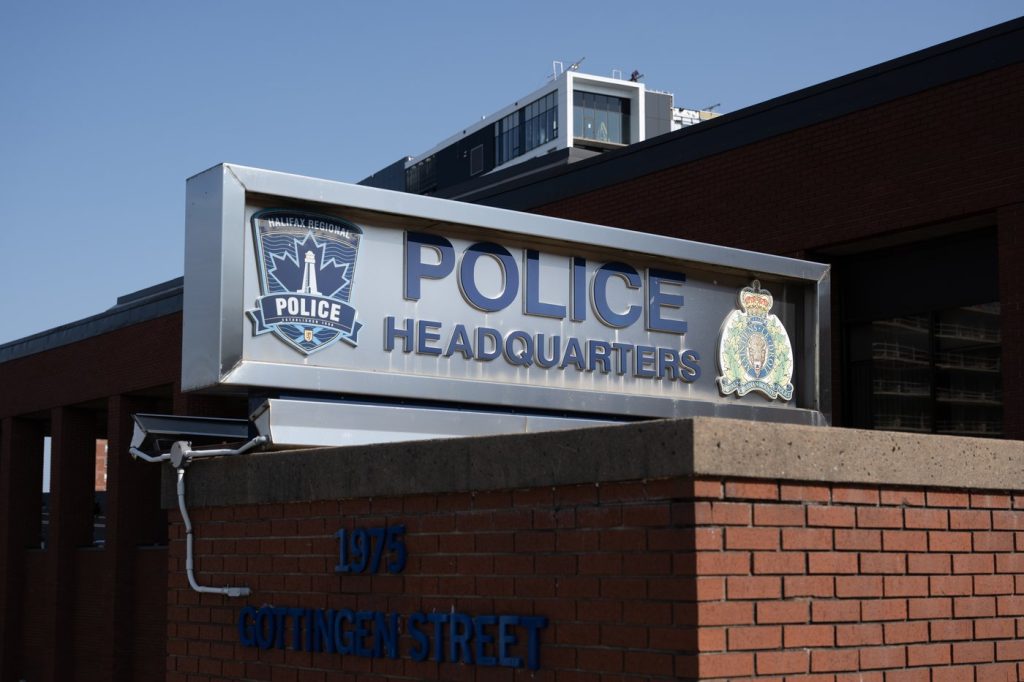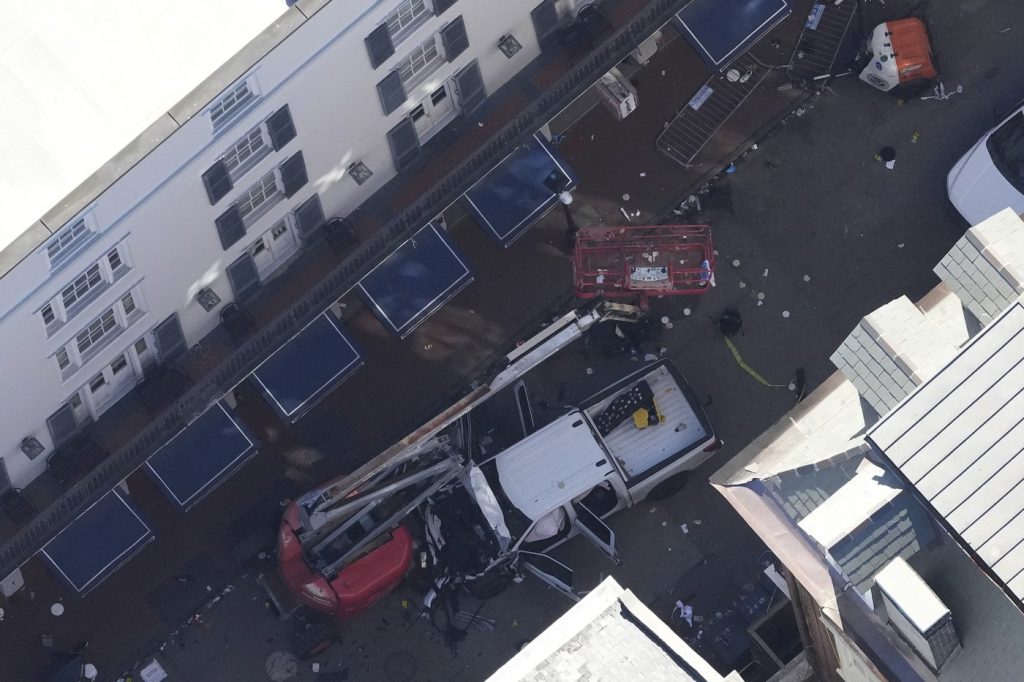HalifaxYesterday: The Brookfields – A Forgotten Nova Scotia Dynasty (4 photos)
Posted Apr 25, 2022 04:44:00 PM.
Entrepreneur and building contractor John Brookfield (1808-1870) and his son, Samuel Manners Brookfield (1847-1924) the fourth of six children, contributed greatly to the building trades with their efforts to help establish the general contracting industry and peer-run trade associations, the forerunners of the present Construction Association of Nova Scotia (CANS). (see Images 1 & 2 above)
The elder Brookfield was an English “master builder” who moved from New Brunswick and settled in Nova Scotia in 1860. He soon established a firm that consolidated diversified crafts under one roof thereby allowing him to contract for whole projects. Subsequently, other companies emulated his model. Within two years, John Brookfield organized the Halifax Builders’ Society to deliberate over wages and working hours.
Among the many projects his firm undertook was the new Provincial Building (1866) and the enormous task of refurbishing all of the city’s fortifications including George’s Island, McNab’s Island, The Citadel’s Barracks and a Military Hospital. When John Brookfield died in 1870, his 22 year-old son, Samuel, took over the business and completed the construction of the Fort Massey United Church. The company became a mainstay of the community and Samuel remained the president of the Brookfield Construction Company for fifty-four years.
The company was responsible for the construction of every bank in Halifax save one. Major projects over the years included the Northwest Arm Memorial Tower (the Dingle) the The Academy of Music (the Majestic Theatre), the Acadia Sugar Refinery in the Richmond neighbourhood, the Post Office, the Herald Building, the MT&T Building, the Y.M.C.A., the Masonic Hall, All Saint’s Cathedral, Mount St. Vincent University, the Nova Scotia Cotton Company, the Queen’s Hotel, and the Victoria General Hospital.
Brookfield also built and operated the Halifax Graving Dock which sparked development of the city’s North End. The company also operated outside the province building the Bank of Nova Scotia in St. John, New Brunswick in 1877 as well as the Anglican Cathedral and other numerous structures following the Great Fire of 1892 in St. John’s, Newfoundland. Numerous homes in Halifax’s South End were built by Samuel Brookfield.
Samuel Brookfield had attended Saint John Grammar School and King’s Collegiate School in Windsor. He joined his father’s company as a purchasing agent. Like his father, orchestrated the founding of a Building Association in 1889. This body later incorporated on 27 June 1914 as the Constructive Mechanical Trades Exchange with what workers described as “a determination of employers to fight trades unionism.” In turn, labour created the city’s first effective Building Trades Council. It is interesting to note that Brookfield opposed the closed shop but accepted craft unionism and was well known as a benevolent employer.
Brookfield managed the Halifax Dry Dock and maintained a ship salvaging and repair business where over 400 ships were repaired spanning the years 1897 to 1914. He built the first steel ship in Halifax and set up the Canada and Newfoundland Steamship Company. He served as the director of the Nova Scotia Sugar Refinery and Nova Scotia Cotton Manufacturing Company. He and five partners founded the Eastern Canada Savings and Loan Company where he became its first president and held the position for life. He was the first president (for life) of the Maritime Telegraph and Telephone Company and founded the Halifax Power Company which unfortunately failed due to his inability to raise funds during WW I.
One of the biggest challenges Samuel Brookfield faced was the construction of the Halifax Graving Dock which opened in 1889. It was the largest facility of its kind on the eastern coast of North America. Because of his business acumen, Brookfield was one of the few businessmen in Halifax who was capable of promoting and procuring funding for such a project. Mainly financed by capital from the British Navy and to a lesser extent by the Dominion government and the City of Halifax, the venture went into interest arrears. After restructuring in 1897, Brookfield personally took over and operations within two months. He continued as the managing director until 1904 when his son, John Waite Brookfield became manager.
The business remained profitable and all debt had been redeemed by 1918. The December 1917 Halifax Explosion damaged the graving dock with the loss of 40 employees but the structure was sufficiently repaired and back in business by February of the following year. Later that year, the Canadian government went ahead with a controversial expropriation of the properties which were eventually sold to the newly established Halifax Shipyards Limited. Since this company’s ushering in of a new era of shipbuilding, no other business to date has matched its social and economic importance in Halifax/Dartmouth. The graving dock itself is still in use. (see Image 3 above)
Samuel Brookfield was regent of Mount Allison College in Sackville, New Brunswick where he received an honorary Doctor of Civil Law (DCL) degree in 1917. A trustee of the Grafton Street Methodist Church, he was an avid choir member. His niece, Dorothy Manners Brookfield, married Acting Commander F. Evan Wyatt in the same church. Following the explosion, Wyatt, the chief examining officer of the port, was the only person brought to trial for alleged responsibility for the collision that led to the disaster. Due to a complete lack of evidence he was duly acquitted. Brookfield’s brother W. G. Brookfield ran a successful lumber business in the city. Samuel’s nephew, Piers Brookfield, was a noted New York City architect. (see Image 4 above)
Brookfield’s contributions and accomplishments inside and outside the community were multi-fold. He served on Halifax City Council and the School Board. Along with many other similar positions, he was director of the Association for the Relief of the Poor for almost half a century. He was a freemason, a philanthropist and an extremely hard worker – the first to arrive at work and the last to leave. To this day, Samuel Manners Brookfield remains one of Halifax’s most prominent citizens.
Sources: CANS – 145+ Years of Industry, 2008 – 6 th Edition; The Craft Transformed: An Essay on the Carpenters of Halifax, 1885-1985 by Ian McKay; Dictionary of Canadian Biography Online (Henry Roper); Halifax Shipyards, 1917-1978 – An Historical Perspective by Victor L. Settle (1994).








